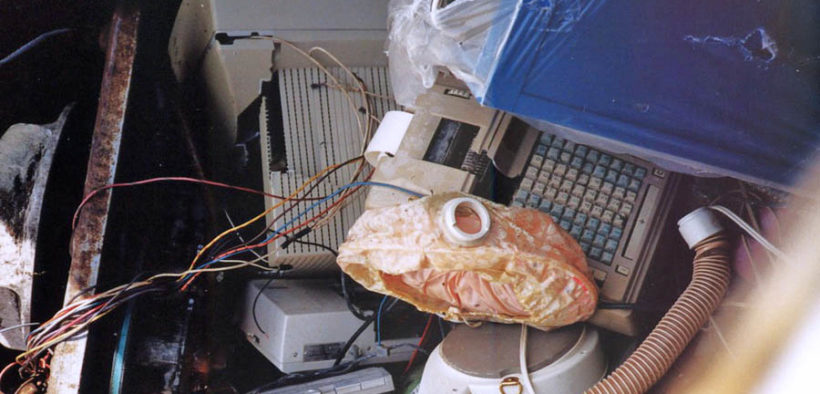Practical Techie: E-waste is turning into another environmental menace

When electronic products end their useful life, they become digital trash. This debris is best known for its popular name of e-waste. The dump may include computer consoles, television sets, VCRs, stereos, copiers, routers, a fax machine, and even a few smartphones that have gone brain dead.
But it’s not only digital products that add garbage to the e-cemetery. There are air conditioner equipment, vending machines, freezers or fridges, and LED bulbs. Throw in washing machines, vacuum cleaners, irons, blenders, and electronic fryers. Now, even discarded solar panels.
Too bad because many gadgets can and should be refurbished, updated, recycled, and reused. In 2021, the world’s population discarded 57 million tons of e-waste, as estimated by the Columbia Climate School. Only 20% of that was recycled. Why is e-waste a menace?
TOXICS — There are really no graveyards for gadgets and wherever they are dumped there is e-waste pollution. When broken or obsolete electronics are thrown into landfills, they emanate toxic chemicals that leak to soil and water. These substances include lead and mercury. Also, heavy metals such as gold, silver, copper, platinum, aluminum, and cobalt.
Contamination in the air occurs when e-waste dismantled, shredded, or melted, releasing dust particles or toxins such as dioxins into the environment. Five tons of e-waste would come from about 183 computers. The World Health Organization (WHO) warns that the disposal and processing of e-waste can cause a range of adverse child health impacts including changes in lung function, DNA damage, and increased risk of chronic illnesses such as cancer and cardiovascular disease later in life. It gets worse when industrialized countries dump their waste and dirty technologies on developing countries with few or no safeguards.
RECYCLE — Recycling e-waste cuts down on chemical emissions. Twice fold because when manufacturers use recycled materials to make new products, they require less energy than if they used brand new materials. Reducing the carbon print. Consumers, on the other hand, should give unwanted electronics to certified e-wase recyclers. Sadly, there are not enough formal collection schemes for e-waste products in Puerto Rico.
Usually, the collection only occurs through informal collectors such as homeless amblers. These peddlers collect disposed appliances from end users and sell them to traders. The European Union is meeting the problem head-on when it approved in 2022, laws requiring all phones and electronics to use a standard e-charger for phone devices. This limits how many wires the average consumer will own. US lawmakers are urged to follow suit.
SOLUTIONS — The life span of devices is getting shorter as many products will be thrown away once their batteries die to be quickly replaced with new appliances. Solutions should begin in societies that manufacture and have a high use rate of new technologies. One way is to produce devices with a longer life span. Consumers should then try to buy environmentally friendly electronics, opt to extend the life of the equipment, and reuse large electronic items. Also, buy environmentally friendly electronics. Goods made from recycled materials use less water, create less pollution, and require less energy. Practicing reuse also reduces the need for landfills in the first place.
WASTEBIZ — The slogan in the electronics ecosystem is “innovate or die,” says tech guru Catherine Thorbecke. Companies intentionally plan the obsolescence of their goods by updating the design or software and discontinuing support for older models so that it is usually cheaper and easier to buy a new product than to repair an old one. As a kudo, e-waste businesses de provide employment and generate revenue that stimulates the economy and fortunately, the e-waste recycling enterprise isn’t going anywhere soon.
The income produced by this industry reached $49.4 billion by 2020. Many smartphone manufacturers are jumping into the mix. Apple and Samsung launched their self-service repair stores by offering parts for users for do-it-yourself fixes. Google similarly promised parts for repairing its Pixel phones.





